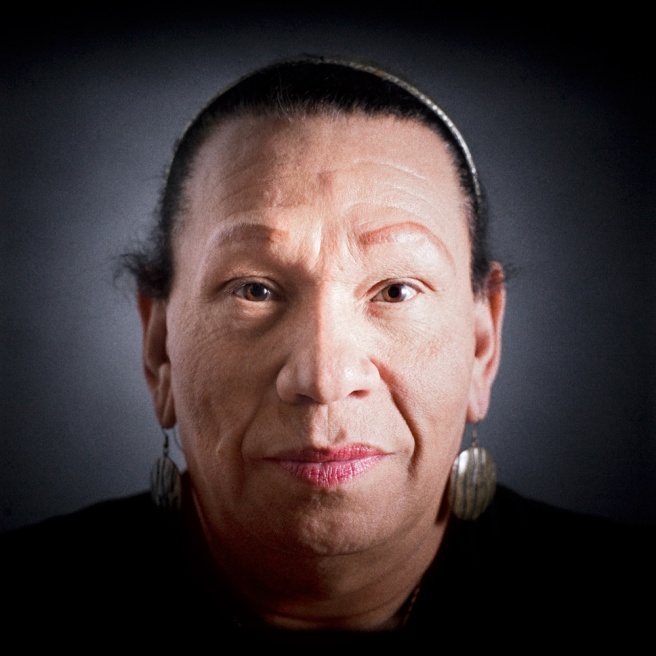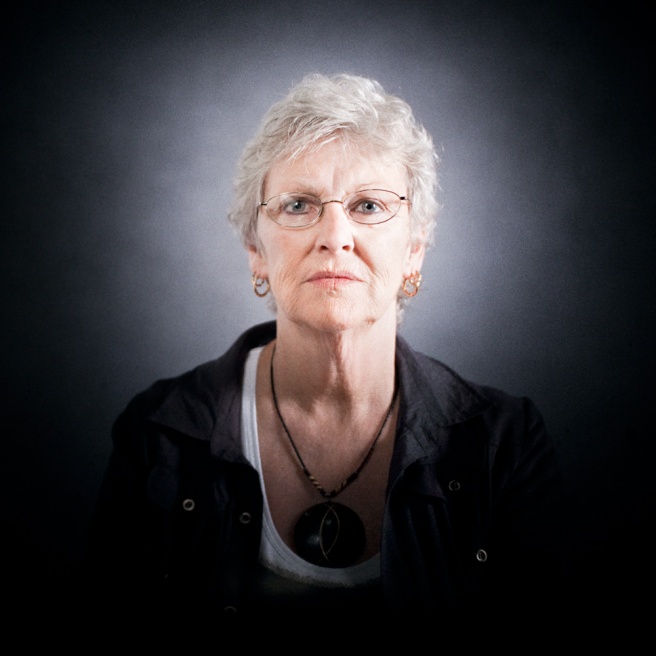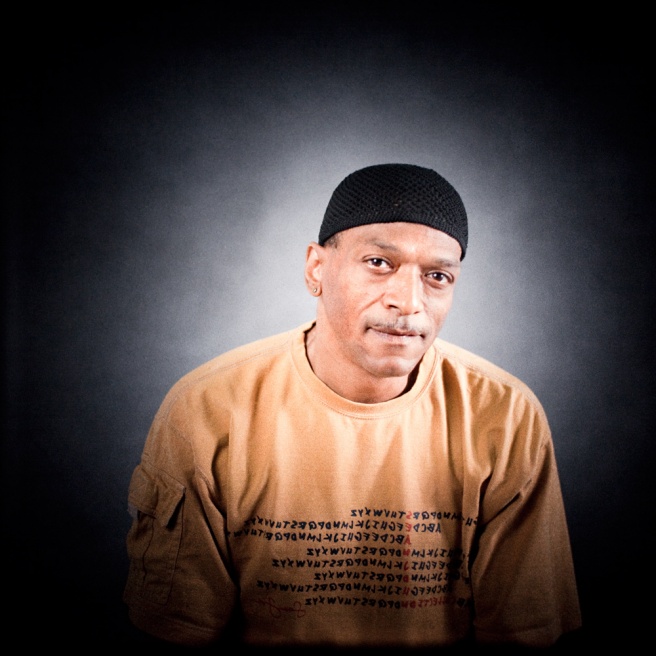What does aging with HIV look like?
The Graying of AIDS: Portraits from an Aging Pandemic seeks to challenge our view of both aging and HIV/AIDS by exploring diverse perspectives from around the world through a participatory documentary arts installation of portrait photography and targeted interviews.
As we are entering the fourth decade of the HIV/AIDS pandemic, increased access to antiretroviral therapy is enabling more and more people around the world to live with HIV into their 50s, 60s, and beyond – but we rarely see their faces or hear their stories in the media or popular culture. Instead, most HIV/AIDS-related images tend to focus on younger bodies to such an extent that many people assume this just isn’t an issue for older adults.
Similarly, older adults are rarely a focus of treatment or prevention campaigns, and there have been no comprehensive international efforts to gather data on HIV in people over the age of 49. In other words: once you hit 50, you cease to count, or be counted. Yet we have known for some time now that in the US, people over 50 will make up more than half of all HIV infections by 2015. And in sub-Saharan Africa, recent studies estimate that there are now 3 million people over the age of 50 who are living with HIV or AIDS.
Is this a result of a youth obsessed culture that doesn’t value older adults as experienced members of society? A cynical calculation of funds most effectively invested? An avoidance of additional taboo topics in an already highly stigmatized illness? What do we miss by ignoring the voices of the “pioneer” generation of long-term survivors, and, as a global community, are we committed to treating the millions of people who are living with this illness in the long term?
This series of studio portraits was created at the 2012 International AIDS Conference by digitally photographing the ground glass of an analog Hasselblad camera. We invited adults aged 50 and older who self-identify as aging with HIV/AIDS to pose for the formal portrait; targeted interviews explored similarities and differences in participants’ personal experiences. We were able to photograph and interview more than 50 people representing 13 different countries, 13 U.S. states, Puerto Rico and the District of Columbia. And regardless of their age or serostatus, all visitors to the exhibition and its companion website were encouraged to share their thoughts and questions, either in person at the conference's Global Village or through social media.
Please visit our on-line exhibition for a larger selection of portraits, interviews and audience responses.
Katja Heinemann / photography
Naomi Schegloff, MPH / interviews
____________________________
The exhibition was created in partnership with ACRIA / AIDS Community Research Initiative of America
























